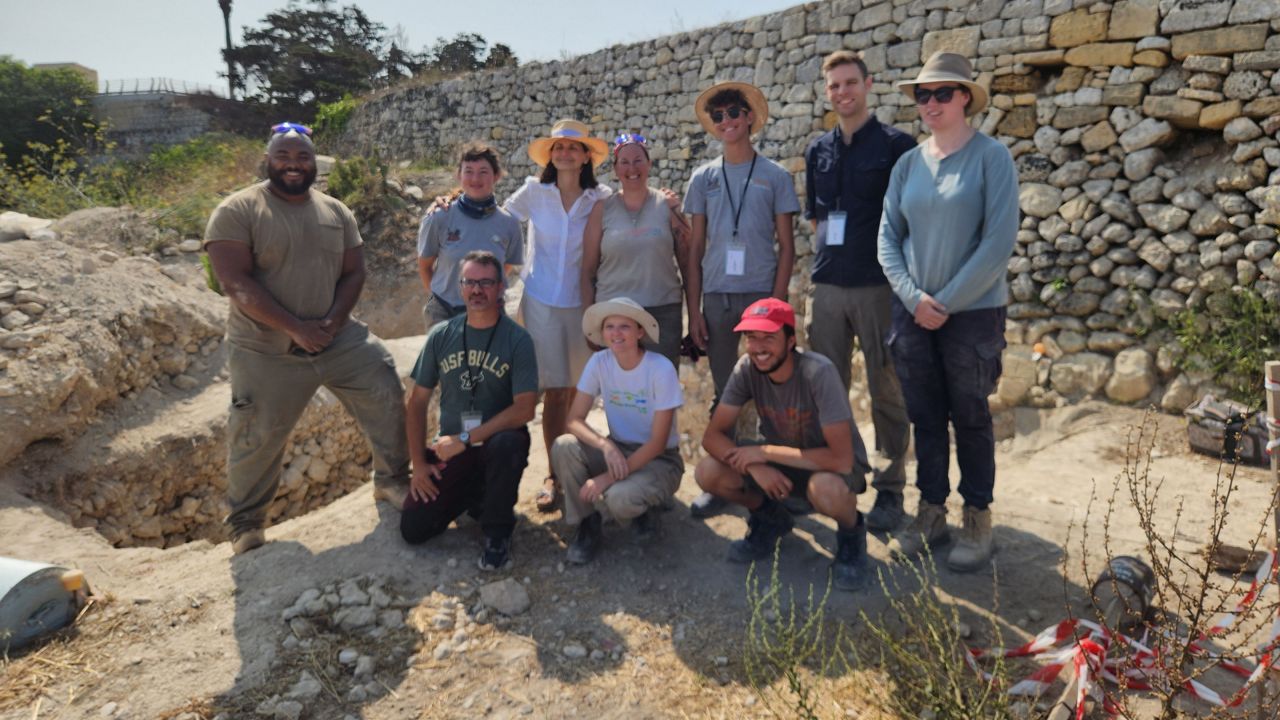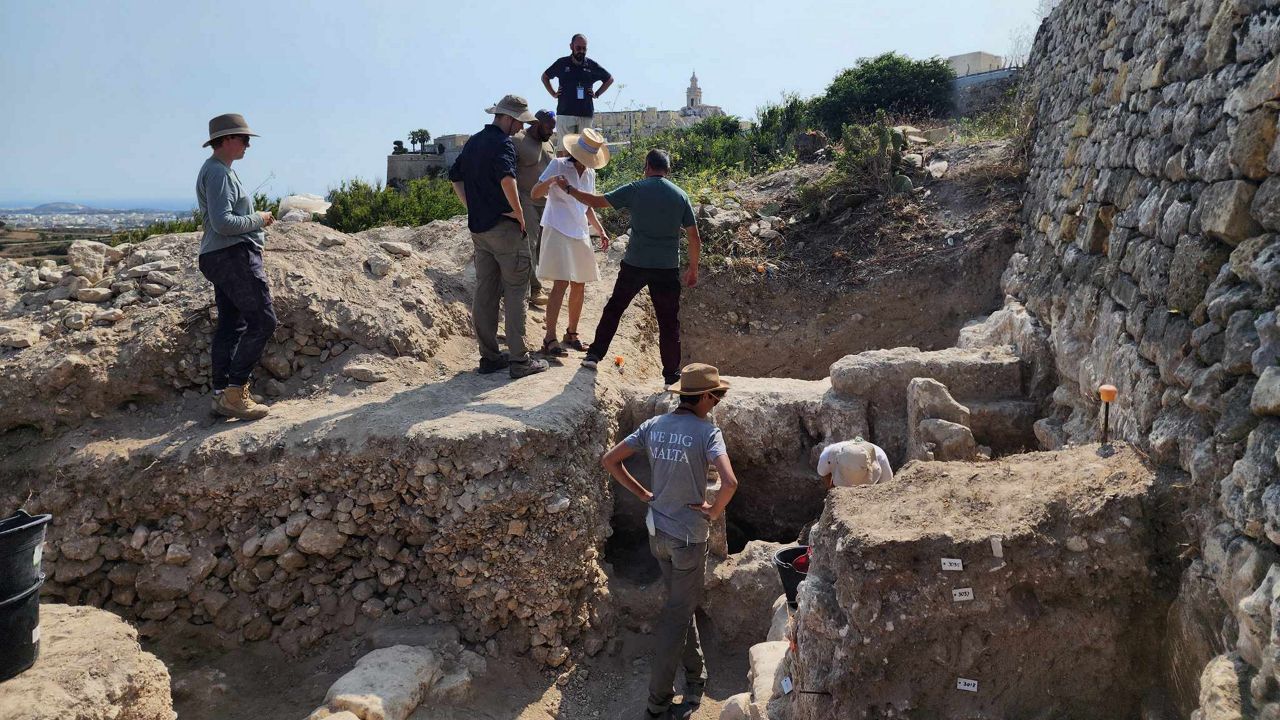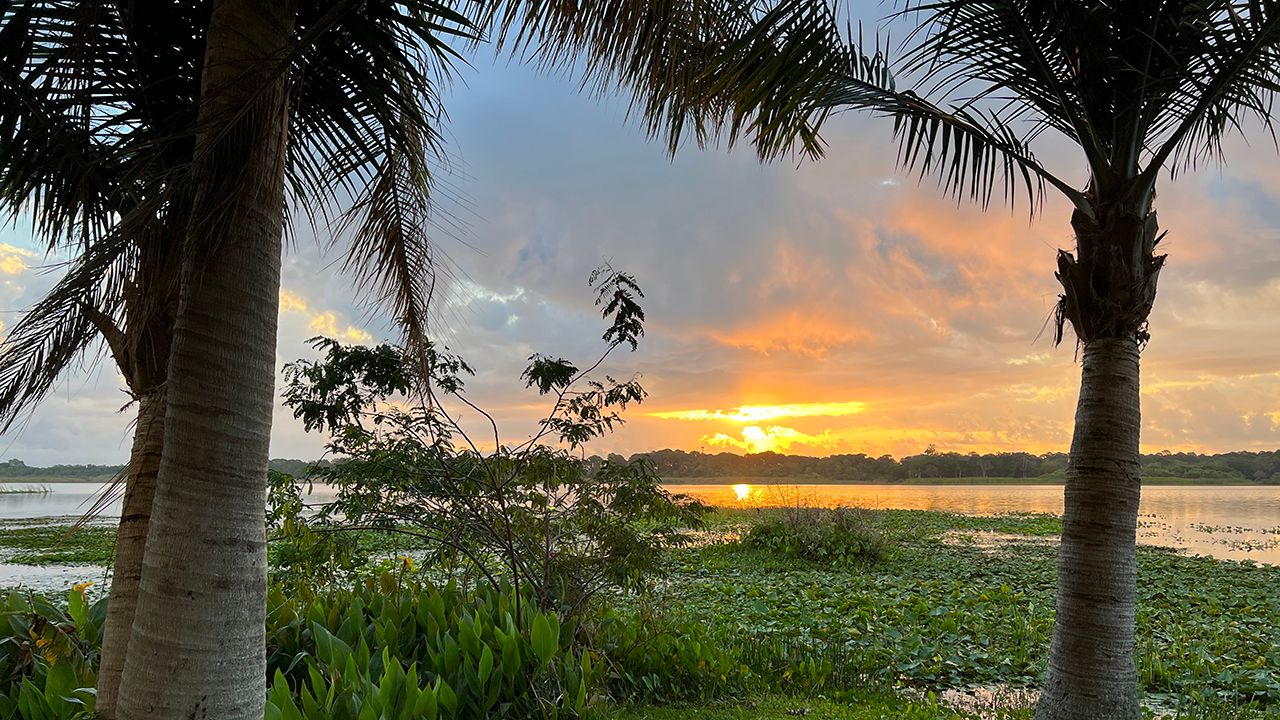TAMPA, Fla. — A team of history students and researchers from the University of South Florida discovered a nearly 2,000-year-old house during a summer trip to Malta, an island country in the Mediterranean Sea south of Italy.
What You Need To Know
- The team worked with historians and scientists from around the world on the Melite Civitas Romana Project
- They focused on what’s known as the Roman Domus, a nearly 2,000-year-old mansion from an era when Romans ruled Malta
- 3D model - USF excavation area (the room of the Roman house in on the left side)
- 3D model - Architectural element repurposed as stone table (or altar) found inside the room of the House
The team, headed up by USF digital humanities professor Davide Tanasi, worked with historians and scientists from around the world on the Melite Civitas Romana Project.
They focused on what’s known as the Roman Domus, a nearly 2,000-year-old mansion from an era when Romans ruled Malta. The mansion is thought to have been used as a residence for someone connected to the Roman Emperor.
This summer, the team from USF found a previously undiscovered house next to the Domus. It boasted 10-foot-high walls, elegant terra cotta tiles and an ancient trash can that still had garbage inside of it.
“Basically charcoal, bones, fragmented pottery, fragmented glass,” Tanasi said, describing what they found in the ancient trash can. “You would be surprised how much you can learn from the garbage of the people.”
It was the trip of a lifetime for USF students who participated, exploring ancient structures and expanding on previous excavations in the area.

“(When I was there), I’m holding pieces of Roman pottery and roof tile in my hand. This is real. I’m actually touching this,” said Angela Costello, a USF doctoral student. “That gave me this incredible sense of almost an indescribable amount of joy.”
Costello is taking part in perhaps USF’s most important role in the project. USF’s Institute for Digital Exploration, with Tanasi as director, is using new technology to preserve some of the excavation finds through digital approaches.
That includes Costello using a 3-D printer to print replicas of items they discovered in Malta. Sarah Hassam, a masters student at USF, showed Spectrum Bay News 9 how she uses a structured scanner to capture data that can be turned into 3-D models of what they found. Lisa Shorts, the lab manager at USF, demonstrated how the team is also using virtual reality to re-create the excavation site.

“You end three weeks there being like ‘We have to keep digging!’” Hassam said. “Because we’re just getting to the good stuff!”
“I am incredibly fulfilled as a person, as a scholar to see we are contributing to shedding light on some unknown chapters of ancient life in Malta,” Tanasi said.
That work will continue. Tanasi confirmed USF had signed an agreement to continue the work in Malta for future summers to come.









